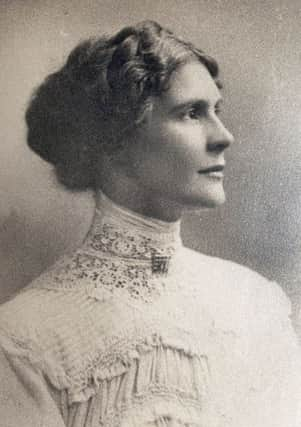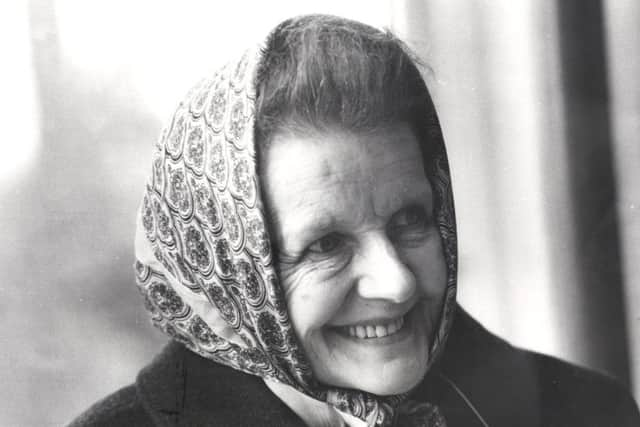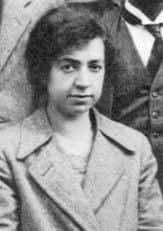Leeds nostalgia: Leeds women who changed the world


Ivy Benson
Ivy (1913-1993) grew up in Holbeck and came from a strong musical background. She formed the world’s most successful all-girl band - the Rythm Girls - which was famous for the next 40 years. She bowed out in 1982 at the London Savoy. Ivy’s father, Douglas, played several instrument and was a member of the Leeds Symphony Orchestra - he taught her piano from the age of five and she was performing in clubs from eight, making her first television appearance on BBC Children’s Hour when she was nine. She worked for Montague Burton for a time, famously saving half a crown a week from her wage until she could afford to buy her first saxophone. Her band became the BBC’s resident dance band in 1943 and were topped the London Palladium bill for six months in 1944.
Leonora Cohen


One of the most prominent suffragettes, she became politically active in 1911, joining the Leeds branch of the Women’s social and Political Union as its secretary but quickly rose to fame. She was jailed in Armley after taking part in a series of protests. One of the most famous incidents in which she was involved saw her break a jewel display case in the Tower of London, only to be acquitted of the act thanks to her spirited defence. She worked in a munitions factory in Leeds and later became the first woman president of the Yorkshire Federation of Trade Councils in 1923. She was even appointed to be a magistrate, a post she held for 25 years, and was awarded an OBE.
May Sybil Leslie
Advertisement
Hide AdAdvertisement
Hide AdBorn on August 14, 1887 in Woodlesford, she was educated at Leeds Grammar School and later at the University of Leeds, graduating with a first class honours in 1908. She went on to work with Marie Curie in Paris from 1909-11, helping with her work in extracting new radioactive elements from thorium. She was said to be ‘exceptionally gifted’ and was highly respected in the scientific world. She worked on methods to create nitric acid, which was used in vast quantities during the war. She married a fellow chemist Alfred Hamilton Burr. She died in July 1937 but no cause of death was given, although it was speculated that could be related to her work with radioactive particles
Susan Ryder


Born in 1924, she volunteered with the First Aid Nursing Yeomanry during the Second World War, even though she was only 15. She continued her voluntary work after the war, dedicating her life to others, forming her eponymous foundation in 1953.
Jane Tomlinson
Having had treatment for breast cancer in 1991, aged 26, the disease returned in 2000. Over the next six years, Tomlinson, who was born in 1964, completed the London Marathon three times, the London Triathlon twice, the New York Marathon once and cycled across Europe and the United States. She died in 2007 aged 43.